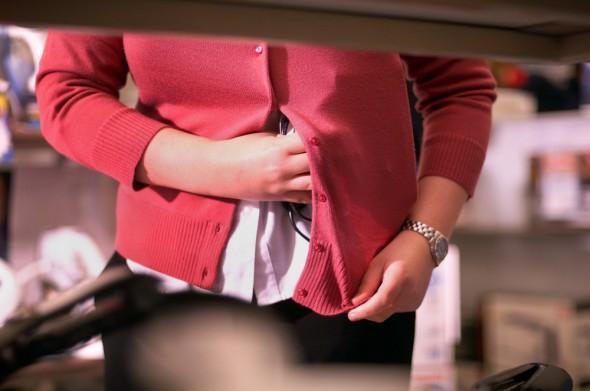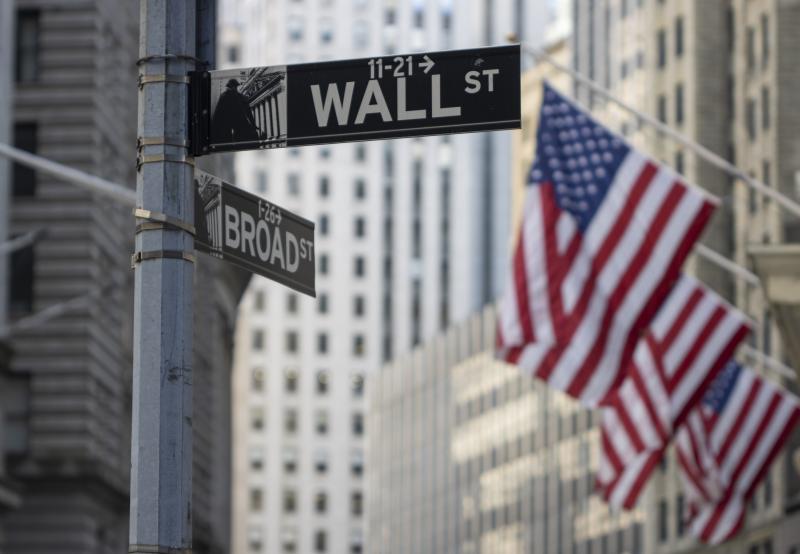
According to the National Retail Federation, U.S. retailers suffered approximately $35 billion in so-called retail inventory shrinkage in 2011 due to employee theft (44%), shoplifting (26%) and administrative error (12%). That’s about 1.42% of total retail sales of about $2.5 trillion.
While some readers may shrug their shoulders at that seemingly small percentage being a cost of doing business—which it is—the bottom-line impact is enormous: privately held retailers average about 4% in pre-tax operating profits, so that 1.42% is actually about 26% of their potential profits.
In other words, for every dollar a retailer might claim for themselves, they have to give up 26 cents to employees, shoplifters and errors? Ouch. And then pay taxes?? Double-ouch.
So what’s a retailer to do? We’ve discussed ways to address internal employee theft in past Garda Cares posts, but not external theft due to shoplifting—which dwarfs armed robberies and burglaries. Here are some tips:
• Install video surveillance and mirrors throughout the store. Then post signs inside and out (including on the front door) pointing out the cameras. Some storeowners angle the monitors toward customers so they can see themselves. The signs don’t have to be intimidating; they can even be humorous, as in, “Smile, You’re On Camera!” Obviously, if people know they’re being watched, they’re less likely to steal.
• Post signs that shoplifters will be prosecuted. While people are less likely to steal if they know they’re being watched, they’re even less likely to steal if they know they’ll get a chance to meet their local police.
• Keep a good line of sight to all sections of your store, especially where high-value, small-packaged (i.e., easily stolen) items are. Put merchandise that’s easy to shoplift near the checkout counter, if not behind it or in locked cases.
• Welcome each customer when they walk in the door and offer to help them, if you’re not busy with another customer. While it’s just good customer relations to do this, it also sends a subtle but effective signal to any would-be thieves that you’re “watching the store.” Be especially vigilant when people come in with strollers and large bags, both of which can conceal stolen goods.
• Install a bell or some pleasant sounding chime on the front door, while alarming emergency and back-door exits. The former will alert you and store employees to new customers, while the latter will let you know if someone’s trying to make a getaway.
• Enforce a strict item-for-item exchange rule for apparel changing rooms. A common shoplifting technique for apparel is to try on a lot of different clothes, especially during busy shopping days. Store clerks quickly lose track of what goods thieves have in their possession. The thieves then put the clothes they wore into the store on over the clothes they want to steal, return an armful of items to the clerk, and walk out the front door.
• Evaluate electronic article surveillance tags and systems. With the cost of technology in just about everything continuing to drop, more and more small-to-medium size retailers can afford these radio-controlled tag and pedestal, anti-shoplifting systems. Many manufacturers of retail goods already conceal tags in their packaging and sometimes inside the goods, so retailers don’t have to do the tagging themselves.
Beware: Unless you’re absolutely sure someone’s shoplifted and you have other employees around or access to security guards or police, think twice about confronting a shoplifter. While most shoplifters aren’t violent, according to research, you don’t want to confront the rare one who’s mentally unbalance or desperately addicted and armed. No merchandise is worth getting harmed or killed over.








